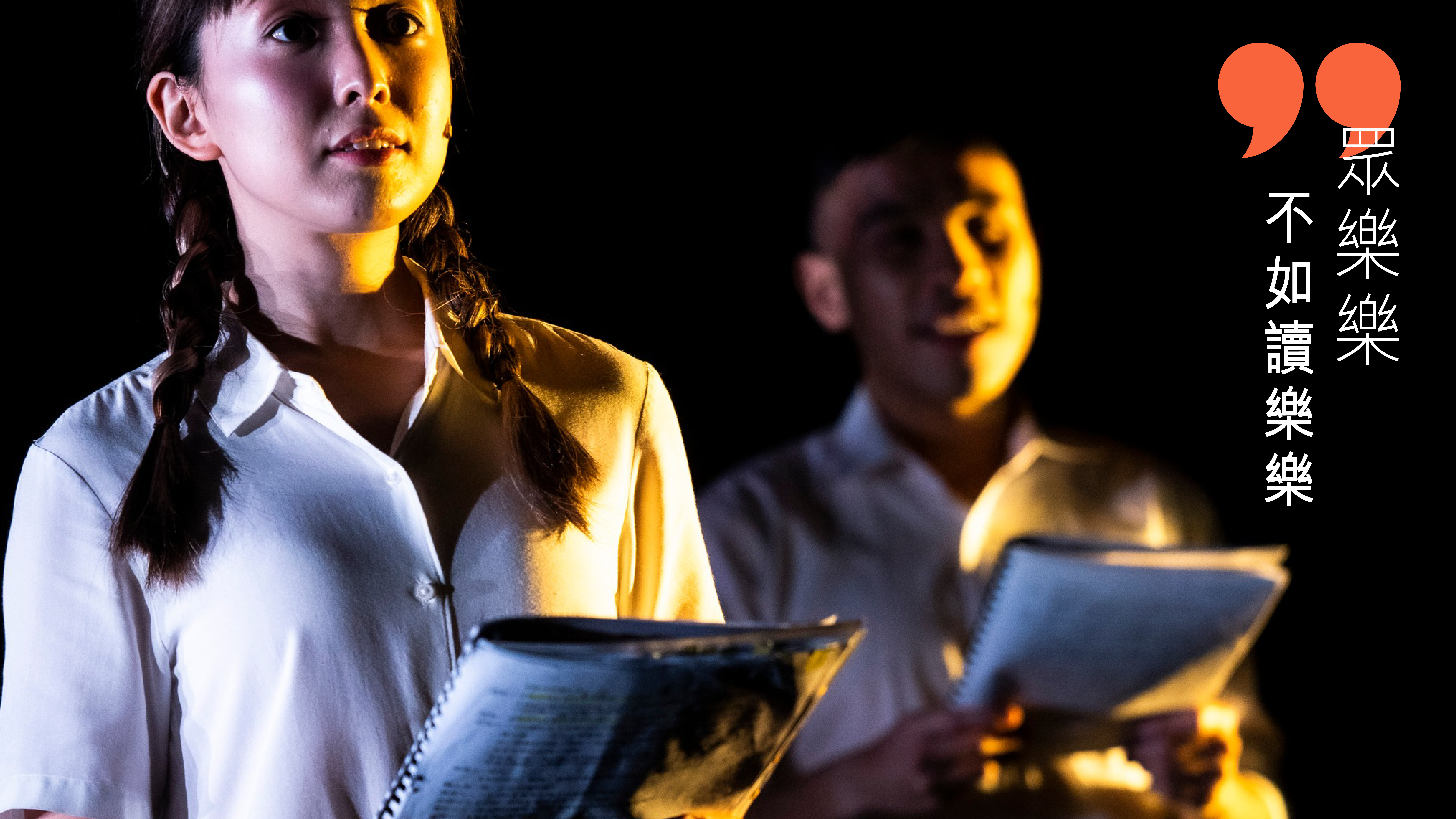The age-old question of whether to read a book or watch its film adaptation first has long been debated. Reading requires imagination, immersing the reader in a world of their own creation, while books provide more intricate details of the plot. Films and TV shows, however, offer a more time-efficient option and provide an immersive experience, showcasing the actors’ performances and the ambiance of the scenes with lighting, sound effects, and other elements.
Ultimately, the answer to this question is subjective, and depends entirely on individual preferences and intended goals.
Endowing the Script with Soul – Play Reading
Play reading may be an unfamiliar form of performance to Hong Kong audiences. This type of performance involves actors reading from a script while adding action and expression. Through rehearsals, actors bring the script to life, infusing it with their interpretation of the characters and plot. Play reading performance is enhanced with sound effects, music, lighting, and other sensory elements that help audiences better understand and engage with the plot and characters of the script.
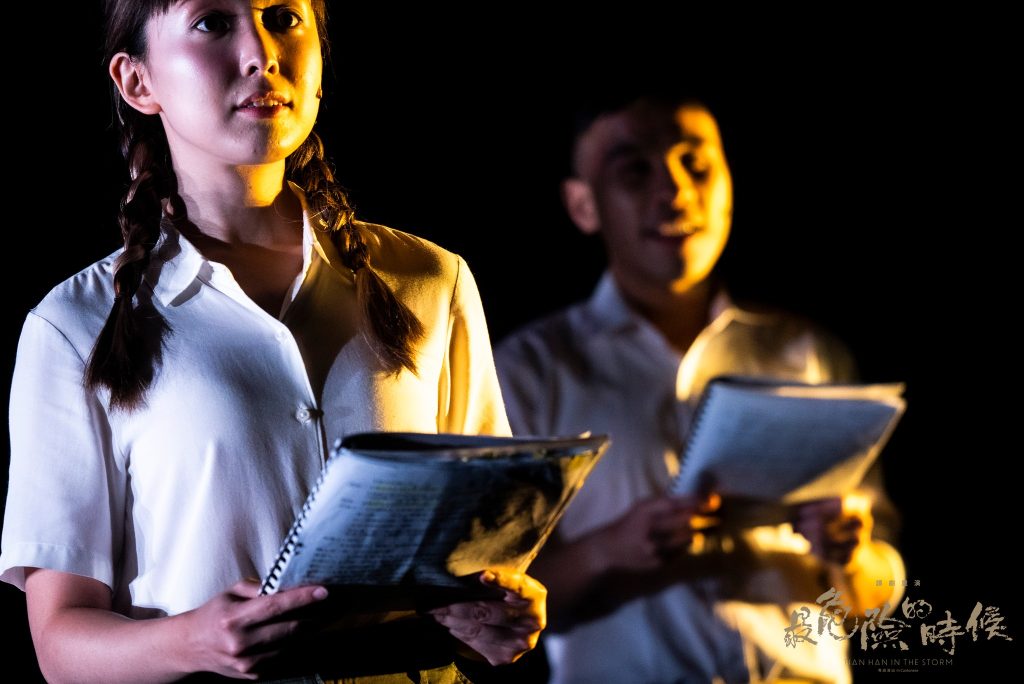
Play reading performances strike a balance between the experiences of books and motion pictures, while also expanding the possibilities of the script. Audiences retain some imagination about the characters, while their appearance is portrayed more vividly. By employing various acting techniques such as gestures and tone of voice, the actors give different interpretations to the characters, which helps the audience understand the story better.
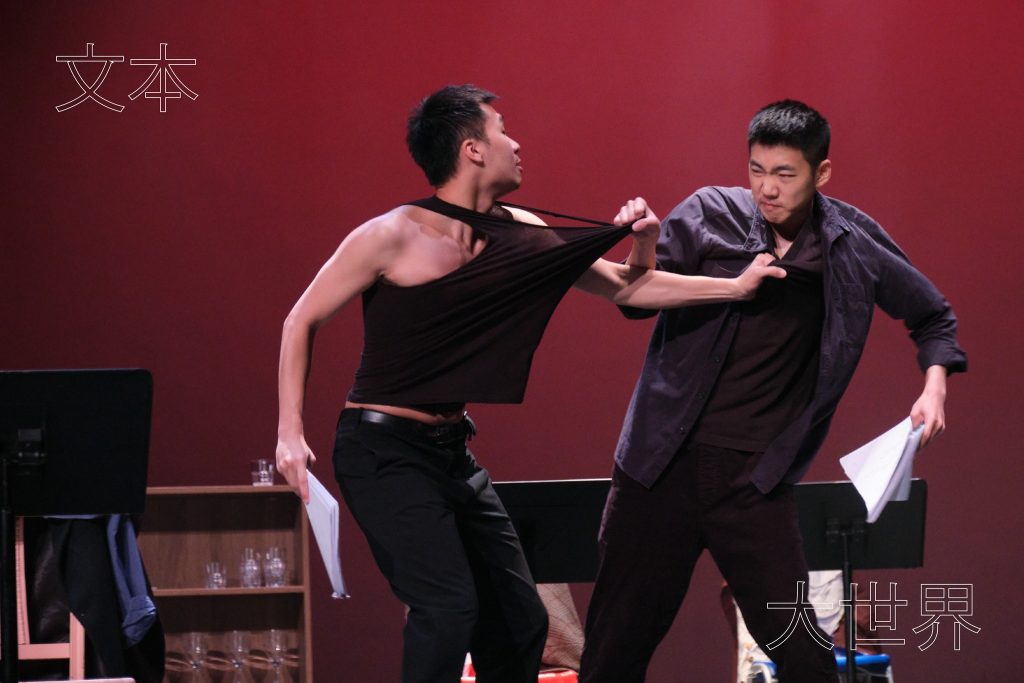
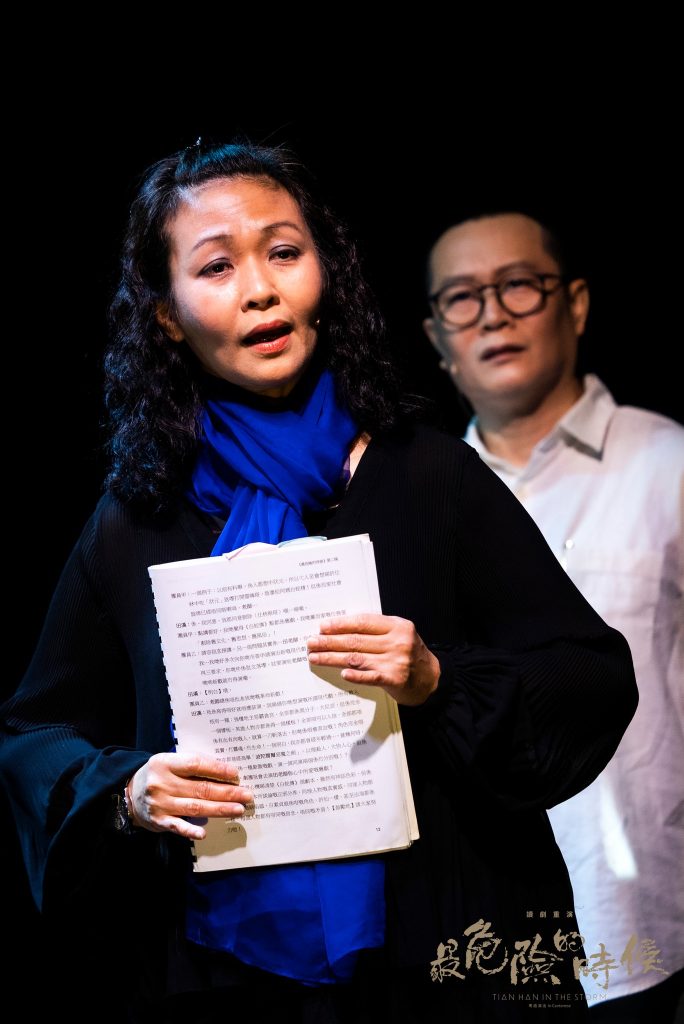

When it comes to reading habits, scripts differ significantly from regular textual forms. Scripts utilize extensive monologues between characters to drive the plot, which may be unfamiliar to most readers who are accustomed to more descriptive text that includes setting and description.

Play Reading Performance vs. Stage Play
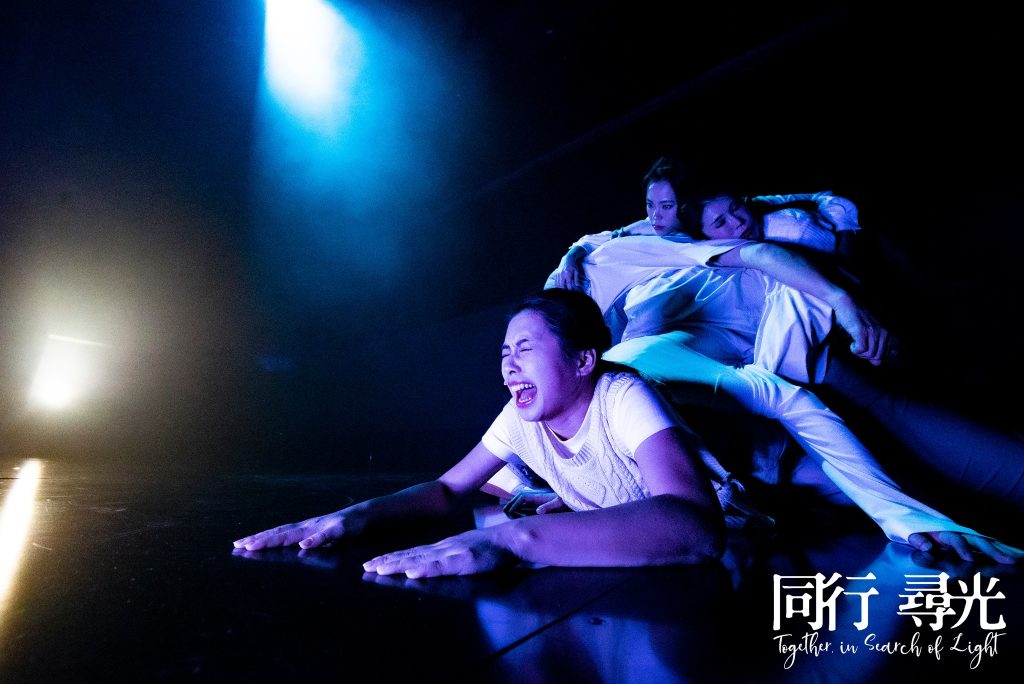
Play reading performances and stage plays are two different forms of performance, each with its own characteristics and styles, which can present a script from different perspectives.
- Performance: In play reading performances, actors mainly perform by reading out the dialogues and descriptions in the script, and they usually hold the script while performing. On the other hand, stage performances are presented through actors’ actions and expressions, a direct form of presenting the script’s plot and characters.
- Stage design: Play reading performances usually require minimal stage design, and actors can perform in a simple setting. In contrast, stage performances require a certain stage design, including scene, props, lighting effects, etc., to present the scenes and plots in the script.
- Audience experience: Play reading performances typically focus more on interpreting and understanding the script, allowing the audience to listen more attentively to the dialogues and descriptions in the script, and allowing them to imagine the scenes and characters themselves. Stage performances, on the other hand, focus more on presenting the plot and characters, allowing the audience to directly experience the plot and characters in the script.
Possibilities of Stage Performance

Golden Bell Award-winning actress Wang Juan once said, ‘The power of drama does not lie in piling up words, but in telling stories boldly and freely.’ In a script reading performance, actors give up glamorous stages and costumes, instead holding their scripts and reciting their lines. This is the essence of script reading! There are various possibilities in stage performances, so why stick to just one form?”
Photo source: Pants Theatre Production

